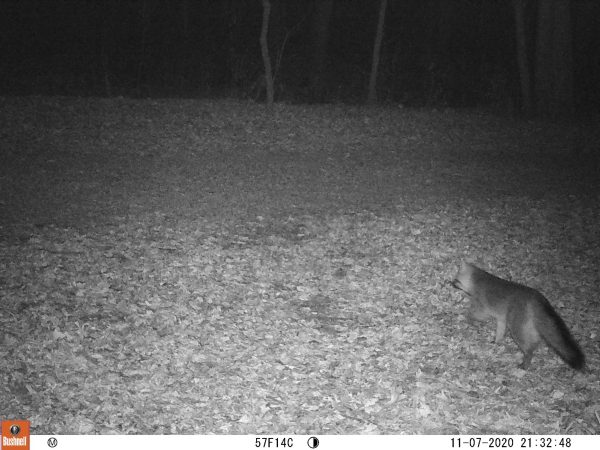Several weeks ago, a gray fox was observed wandering around the Arboretum. Unlike the more familiar red fox, gray foxes are recognized by their beautiful coats, a gradient from a silver-gray on their back and face to a red on their legs and chest with a white throat. Due to their fascinating coat patterns, some hunters will search for gray foxes during the regulated hunting season for their fur.
While gray foxes are common, they are also elusive creatures. They are so elusive that, in the four years of trail camera footage in the Arboretum, a gray fox has only been spotted one time by the Carleton trail cameras, while red foxes have been observed 92 times.
Gray foxes are smaller than red foxes, weighing around six to 15 pounds, with the largest foxes reaching for feet in length (wildlifesciencecenter.org). Gray foxes are notorious for climbing trees and are commonly referred to as the “tree fox.” They are only one of two canids that perform this behavior. Since gray foxes have many predators, including birds of prey like hawks and owls, as well as coyotes and bobcats, tree-climbing is a behavior used to escape predators as well as for foraging.
Gray foxes are omnivorous, so they eat a wide variety of foods including rodents such as mice and voles, rabbits, insects, corn, apples, nuts, berries and grass. You can find more at the NHPBS NatureWorks website on gray foxes.

Gray fox spotted on trail camera. Photo credit: Arboretum Trail Camera Project











